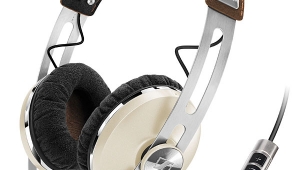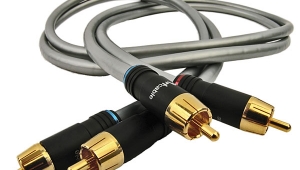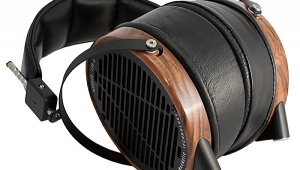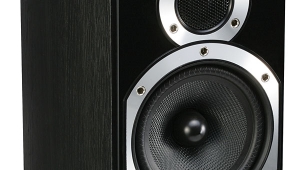| Columns Retired Columns & Blogs |
I really like your column, and that you write about things that average people can actually afford. That said, I have two thoughts about this:
1. This quote:
" It's important because it provides people—audiophiles, but also real people, normal people, even women and teens—an easy way to make their music sound better. It gives us what we want."
Really? I can understand singling out teens, but women? WTF, Stephen. As if women don't have the capability of understanding the fancy, complicated hi-fi equipment. Oh, no, leave that for the men-folk. Women's brains are just not sophisticated enough </sarcasm>. Way to turn any female readers you do have completely off.
2. I don't know your girlfriend, and I'm hoping that she has many stellar personal qualities, but the way you write about her, makes her seem like nothing more than a dunce with a pair of ass and tits. She probably does not appreciate being made to seem like a moron on the Internet.










































